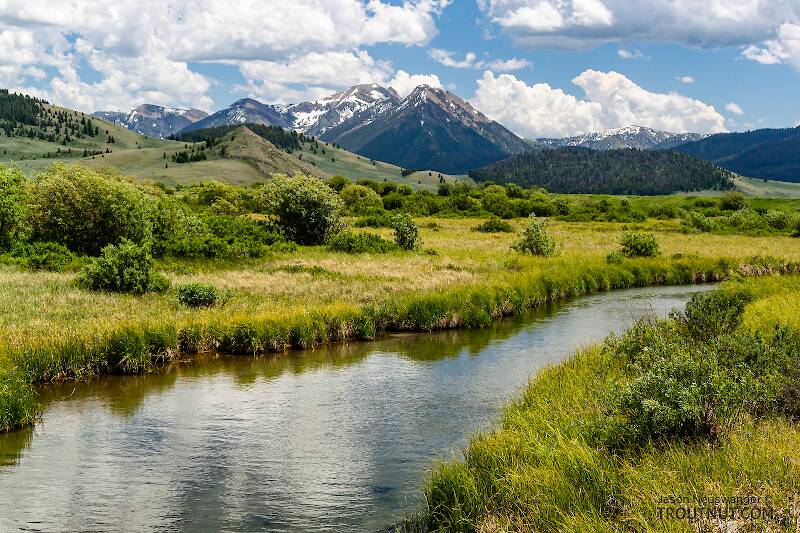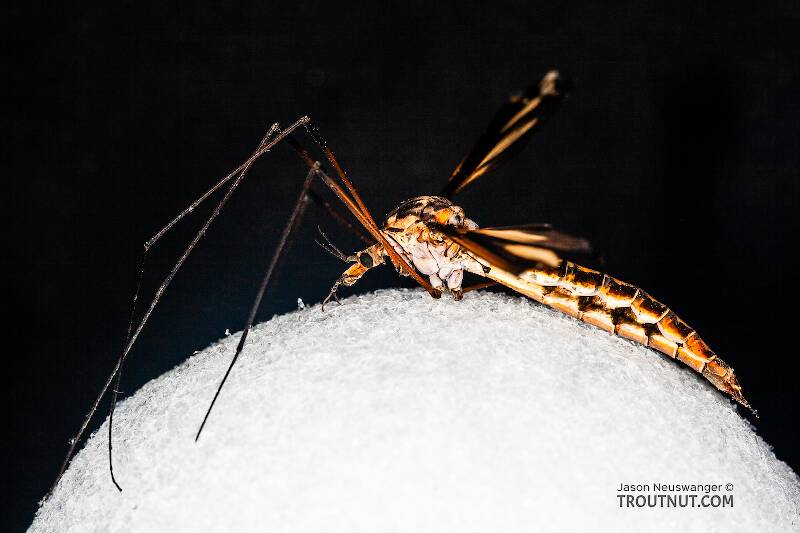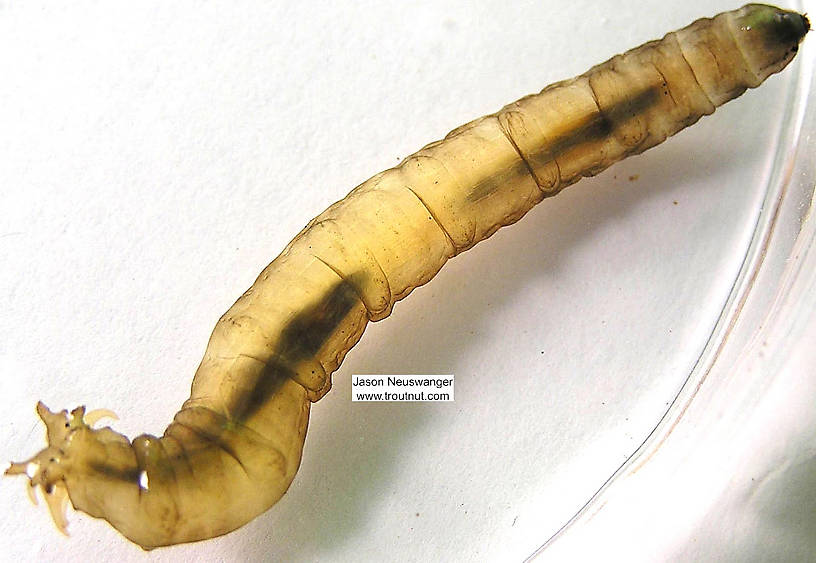
Salmonflies
Pteronarcys californica
The giant Salmonflies of the Western mountains are legendary for their proclivity to elicit consistent dry-fly action and ferocious strikes.
Featured on the forum

This one pretty clearly keys to Kogotus, but it also looks fairly different from specimens I caught in the same creek about a month later in the year. With only one species of the genus known in Washington, I'm not sure about the answer to this ID.

Troutnut is a project started in 2003 by salmonid ecologist Jason "Troutnut" Neuswanger to help anglers and
fly tyers unabashedly embrace the entomological side of the sport. Learn more about Troutnut or
support the project for an enhanced experience here.
Crane Flies
Crane Flies are most important to trout in the larval stage, especially when high water disturbs their often large, grub-like larvae into the drift. The adults are occasionally important enough to cause selective feeding, but it is a rare occurrence.
This common name refers to only one family. Click its scientific name to learn more.
True Fly Family Tipulidae
These are pretty much always called Crane Flies.
Craneflies are only occasionally important. There are rumors of fishable mating flights, but most anglers will not encounter them. The larvae are probably the most important stage in the trout's diet.
See 9 more specimens...



